First Impression of the LEICA M MONOCHROM (Pre-production Model) PART 1

O was able to get the Leica M Monochrom preproduction model loaner for a couple of days, thanks to Ebehard “Ebby” Kuehne (Leica District Manager) and the notorious Tibor Szilagyi (Samy’s Camera, Los Angeles). The minute we got it, we went out to play. And wow, did we have fun.
We have many images to show with varying degrees of success (It’s not all art.), so I have decided to do a two-part post. The second part will be primarily images while this first part will be my ‘report’.
ISO 400, F16, 1/350 sec, 35mm Summilux
DISCLAIMER!!!: My review is only based on the images I take and how user friendly the camera is. Some images will be post processed with slight crops (to straighten the shot) and pushing or pulling on the contrast, darks, and brightness. That is about the only post work I do. And, my bias is based on if the camera helps me capture the image I envisioned. I am not knowledgeable about equipment from any technical point of view. So if any one expects to read detailed specifications or any tech reviews, there are other sites that have the expertise. You can go to L-Camera Forum here to find out a list of all the reviews of the Monochrom. You can check out all the specifications at the Leica site here.
ISO 400, F16, 1/250 sec, 35mm Summilux
“The virtue of the camera is not the power it has to transform the photographer into an artist, but the impulse it gives him to keep on looking. – Brooks Atkinson (Pulitzer Prize Theater Critic for New York Times) – 1951, from his book- Once Around the Sun
ISO 400, F 16, 1/180 sec, 35mm Summilux
One of the greatest feeling one can ever experience when you have a new camera in your hand, is the intense desire to be a great artist or photographer or both. Somehow, the camera will give you the power to create amazing photographs. Why buy a new camera if it can’t empower you, right? Well, the Monochrom didn’t disappoint. Not that our photos are amazing, but it gave both O and I that warm and fuzzy feeling we wanted.
Monochrom ISO 400, 1/180 sec, 35mm Summilux
M9 Converted ISO 400, F6.7, 1/750 Sec, 50mm Summilux
The last four times I went out shooting, I came back with nothing worth looking at. O and my fellow street photographers had better luck than me. I was rather depressed, wondering when was I going to get out of this horrible slump? Then O told me about getting a Monochrome loaner. You can imagine how ecstatic I was. This was the camera that could take me out of the slump.
ISO 400, F16, 1/250 sec, 35mm Summilux
Once we had the camera in our hands, all we could think of was making the shot. But the pressure was huge to get something worth the privilege. We had limited time – two half days (we still had our day jobs to contend with and the availability of the camera was spur of the moment). So don’t expect major testing in this post although we did do a few.
ISO 400, F16, 1/125 sec, 35mm Summilux
O and I both shot with aperture priority ranging from F8 to F16 for exteriors and F1.4 to 5.6 for interiors. Unfortunately, when I loaded the images into Lightroom 4, the exposure information only registered the shutter speed but not the aperture (darn!). I hope this will be fixed with the updated firmware when the production models come out. I noted the F-stop when ever we were able to recall. The ISO’s vary and is noted with each photo. And generally, we zone focused every time.
ISO 160, F 8, 1/60 sec, 18 mm Super Elmar M
THE BASIC PHYSICAL
Let’s start with the physical characteristics: It’s effectively the M9-P. But the finish is a little different. The vulcanite on the M9 is replaced with a finer textured leather that’s nice to the touch. The metal is matte. There’s no logo or dot except for the tiny “Leica Camera Made in Germany” engraving on the back. The weight with battery is 600g (21 oz). The same as the M9-P. I will talk about LCD screen, Menu, Frame Buffer, etc. as separate items below.
ISO 5000, F 5.6, 1/250 sec, 21mm Summilux
ISO BUMP
One of the newest and much awaited attributes of the Monochrome is the increase of the ISO range from M9’s highest of 2500 to Monochrom’s highest of 10,000. Leica didn’t change the 18 Megapixel M9 sensor made by Truesense (ex-Kodak), but it did change the parameters on what the sensor senses. Since color is no longer a concern, there is no need for the color filters that was added in front of the M9 sensor to help it recognize and record the color in light. I understand that other things like color value interpolators and artifacts no longer are of concern to black and white images. It’s really like taking away all the various layers from the sensor, allowing it to be its original naked self. So it shines when it is able to deliver full and high resolution without compromising for color.
 ISO 10,000, F5.6, 1/2000 sec, 18mm Super Elmar M
ISO 10,000, F5.6, 1/2000 sec, 18mm Super Elmar M
It was a pleasure to take this camera around at night or in low light situations and be confident that we could shoot some photographs without bringing a flash or having to switch to our Ricoh GXR or Fuji X100. We had so much fun with the Monochrom, including having a few drinks so we could admire the design stripped of the decorations that the M9 or M9-P has. 🙂
ISO 10,000, F 5.6, 1/125 sec, 50mm Summilux
THE BEAUTY OF GRAIN
The most unique thing about this camera is the grain. The grain is just simply exquisite. The grain is not the digital hard edged type you get with the M9. It’s a soft film-like grain. I noticed noise starts to creep in after around 7-8000 ISO. Some reviews mention the optimal ISO is 5000. You can see below, at ISO 10,000, the grain does get a little muddy but I think still acceptable. I think the grain rendition alone is a reason for the Monochrome camera to exist.
ISO 10,000, 1/125 sec, 50mm Summilux
TONES
The other most unique thing is the tonal value of the images. The blacks and grays are complex in range compared to the more contrasty M9. With the help of the new raw image data histogram, you can fine tune your exposure. The tones remind me of the way film responds.
ISO 5000, 1/180 sec, 50mm Summilux
FRAME BUFFER
At the beginning, Ebby warned us that the firmware was not ready so the preproduction model would be a little slow. He was right. The frame buffer still filled fast, slowing the computer down. After shooting continuous for 3 frames, the red light at the bottom of the LCD screen flashed for several seconds.
ISO 3200, 1/45 sec, 50mm Summilux
While I could shoot a few additional frames, after about 6 to 8 shots the camera would not shoot anymore and I had to wait before I could resume. I am assuming Leica will have this part resolved by the time they deliver the production model.
ISO 3200, 1/60 sec, 50mm Summilux
ISO 3200, F 1.4, 1/125 sec, 50mm Summilux
EXPOSURE
If you like to shoot with perfect exposure on the subject and allow the brights to blow out and over expose, then you’ll have to adjust the way you shoot. In the photo above, I center metered on Caitlin, the bartender and thought the shiny object on the left would not blow out. And the photo below, I center metered on the bread and not the light in this photo and both were mistakes.
ISO 3200, F 1.4, 1/180sec, 50mm Summilux
Had I anticipated this problem, I would have brought along my M9 or any color camera, film or digital. But, one always learn from hindsight. 🙂
This camera is best used with exact or under exposed shots. Over exposed shots do not have enough information for recovery in Lightroom. Believe me, I pushed every lever in Lightroom hoping to dig some detail out of the blown out areas and never found any, unlike images shot with the M9.
ISO 10,000, F 8, 1/1000, 18mm Super Elmar M
LCD SCREEN
The 2.5″ TFT LCD with sapphire-crystal Display screen is still the same ridiculously cheap one as the M9-P. I always struggle with focus in low lighting as you can see here despite the ‘bright-line frame viewfinder. I had hoped that since there is more data information from the Monochrom sensor, the screen would also show more detail for when I proof my focus. Unfortunately, that is not the case.
Monochrom ISO 400, 1/45 sec, 35mm Summilux
M9 Converted ISO 400, F 2.4, 1/60 sec, 50mm Summilux (see how the sensor is struggling with low light at the same ISO)
THE MENU
The Menu is basically the same as the M9 and M9-P except for:
1) The added the high ISO range.
2) The elimination of white balance used only with color.
3) A new histogram display to show the raw data combined with a clipping display. You can fine tune and optimize your exposures. I really didn’t have time to play with this feature.
ISO 400, 1/60 sec, 35mm Summilux
RETHINK HOW YOU ‘SEE’
What I realize about this camera is that you have to think differently. You have to think black and white. I was frustrated several times because I saw a scene in color and when I shot it, the image did not have the meaning or punch that color would have given me. And I didn’t always have O beside me to shoot the color version. And nor did he have me all the time to shoot the color version when he was shooting the Monochrom.
Monochrom ISO 2500, 1/45 sec, 35mm Summilux (I didn’t meter this properly so you can see, the horizon is blown out and details of the distant mountain seen in the color is lost)
Since we see in color, you have to train yourself to see in black and white. And when I use my M9, I never shoot in monochrome or view the jpeg in monochrome. I always view in color first.
M9 ISO 1250, F13 , 1/125 sec 50mm Summilux
The other thing is you have to know the camera inside and out. You can’t be cavalier about your exposure like you would with normal color digital cameras, M9 included. The camera demands you to be more precise about what you capture in-camera as that is how it appears to be designed. Treat it like a film camera where post options are limited compared to the typical color digital camera. But you have the luxury of not having to wait for the development time of film.
ISO 400, 1/180 sec, 35mm Summilux
Professionals and amateur who normally shoot in black and white will find it easy to use. However for us, the two days O and I had the camera was not enough to wrap our heads around it. So please excuse the quality of the photography.
ISO 400, 1/60 sec, 35mm Summilux (This image is completely unprocessed-raw except that it’s a jpeg-raw)
THE PRICE TAG
At a cool US$7,970 +/- for just the body, not including taxes, the price hits you where it hurts. That’s US$1,000 more than the M9 or the same as the M9-P and you don’t have the flexibility of shooting both color and black & white. If you want the option, you’ll have to bring another camera, defeating the concept of traveling light. I wish it was at least the same cost as the M9 and not the M9-P.
ISO 400, 1/45 sec, 35mm Summilux
CONCLUSION
So what do I think about this camera? It’s funny how things take left turns in life. When Leica announced the Monochrom back in May, I was very skeptical. I thought: who would want to shoot with a dedicated camera when you have the ability to shoot color and then convert it? I also thought: who would spend so much money on a dedicated camera?
Monochrom ISO 400, F11, 1/125 sec, 35mm Summilux
The more I read about it, the more interested I became in this camera. Now that I have played with it, I can honestly say, I want to spend more quality time with it because I love it. I agree with the concept that it is the photographer’s eye and not the camera that makes the images. But we all pore over countless photobooks for inspiration, right? And now, the images that the great masters shot on black and white film no longer seem so unattainable. I don’t mean to be presumptuous, but the desire to try to shoot amazing photos using the masters as a standard to aim for, is exponentially intensified when I use the Monochrom.
M9 Converted ISO 400, F8, 1/750 sec, 50mm Summilux
O is completely sold on this camera. He says he is already imagining the cool shots he can make with it. While we shoot with our M9 or Ricoh or whatever, O and I talk about shots that we could make with the Monochrom. Isn’t that the beginning of aiming to shoot better photography?
ISO 400, F16, 1/60 sec, 35mm Summilux
As the Monochrom is pricey, we have already sold various things, just to make room for this little baby. And we can’t wait to get it and go out shooting with it. 🙂
I like to think that the Monochrom is much like the Levitated Mass by artist Michael Heizer you see below. It’s something bold and ‘out-of-the-box’ to look at in wonderment. In the case of the Monochrom, you’re in luck. You can also use it with wonderment. 🙂
ISO 160, 1/125 sec 18mm Super Elmar M
I’ll be posting part two with a variety of images- architecture, landscape, and of course, street within the next two weeks. So keep a look out for it!!
Trackbacks & Pingbacks
- The Complete, Continuously Updated Leica M Monochrom Review File | THEME
- Monochrome Mercy | Just Peppa
- First Impression of the LEICA M MONOCHROM (Pre-production Model) PART 2 | Leica Liker
- 一〇分 « atmoflex
- リフレイン « atmoflex
- LEICA M MONOCHROM – Reality Check | Leica Liker
- First Impression of the LEICA Q “Hemingway” (Typ 116) | Leica Liker
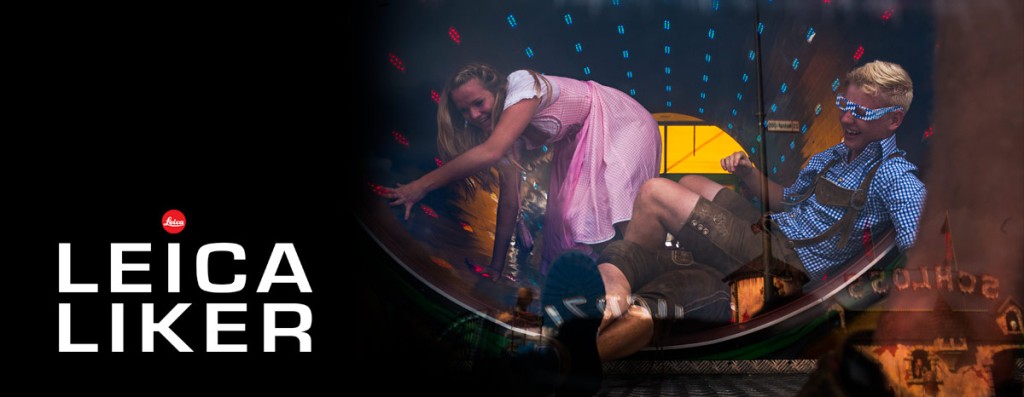
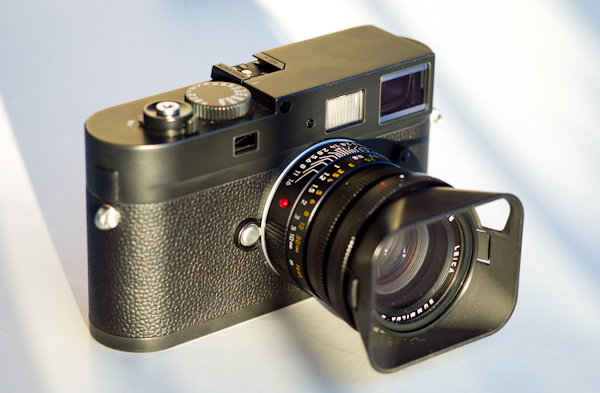

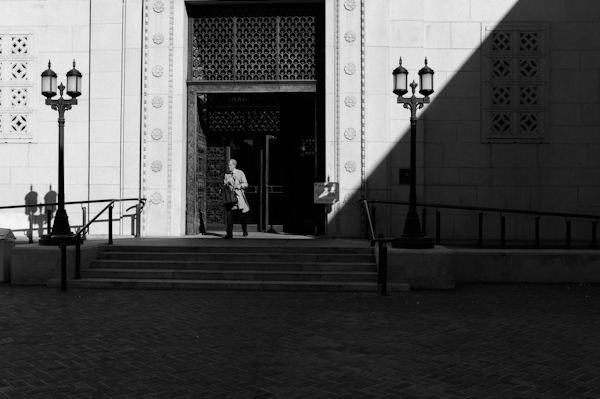




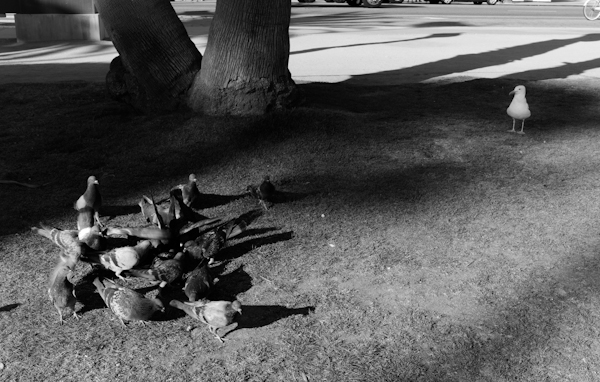
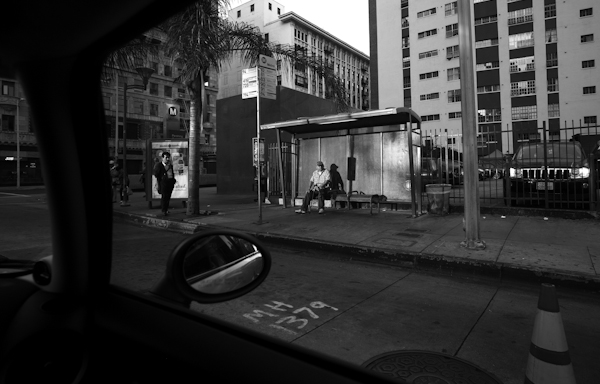

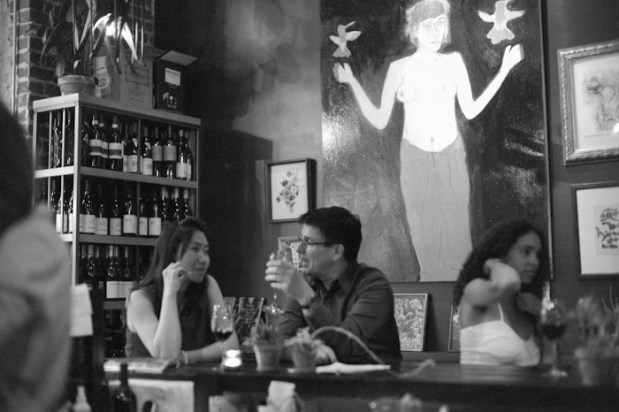
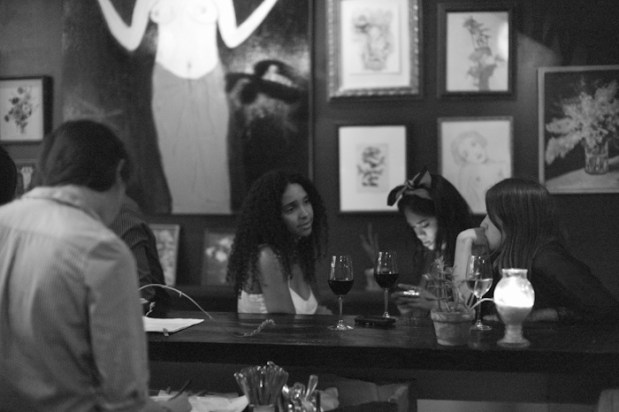
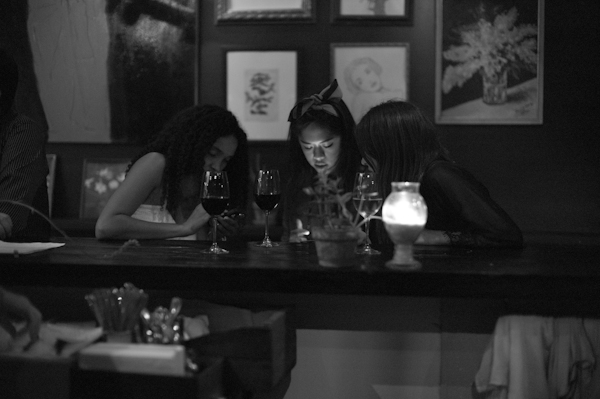

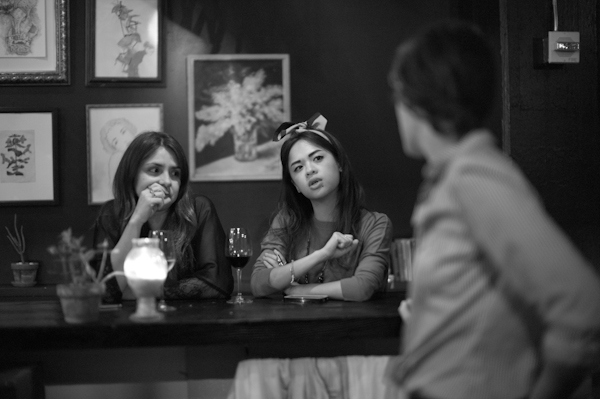
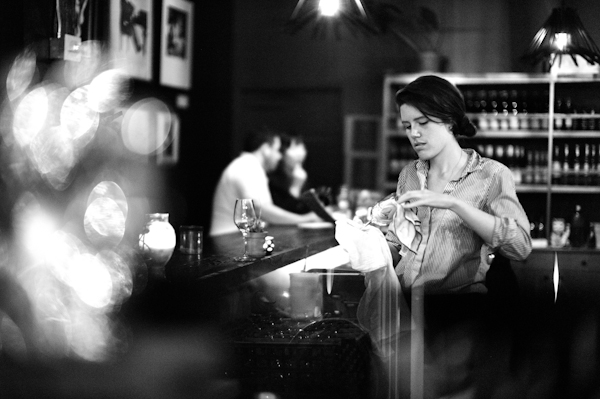
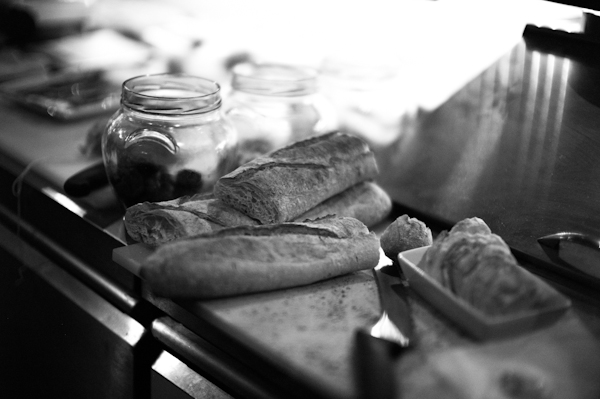
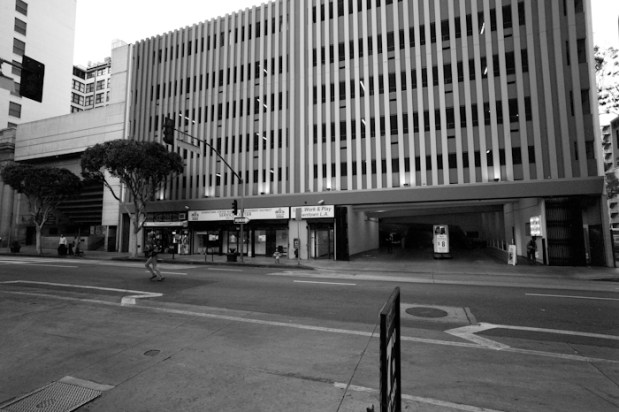

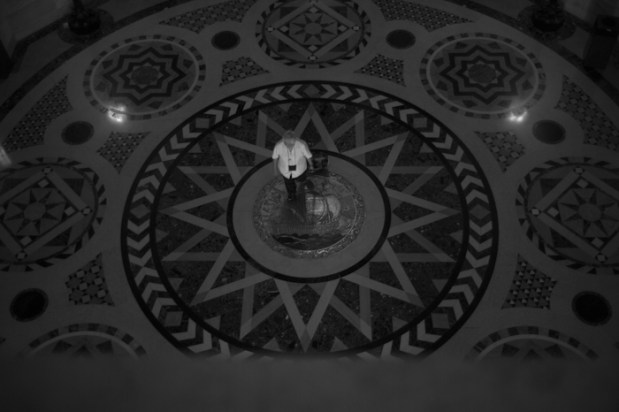

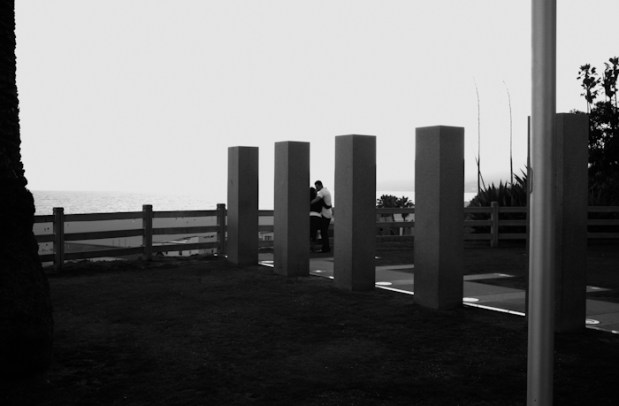

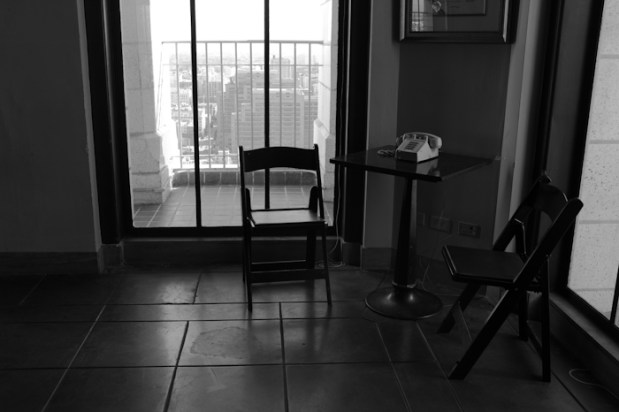

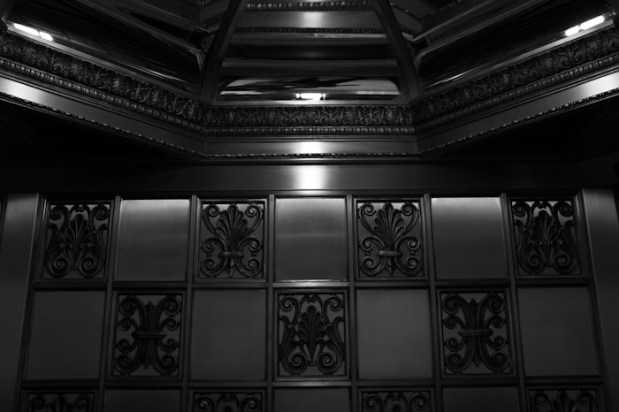
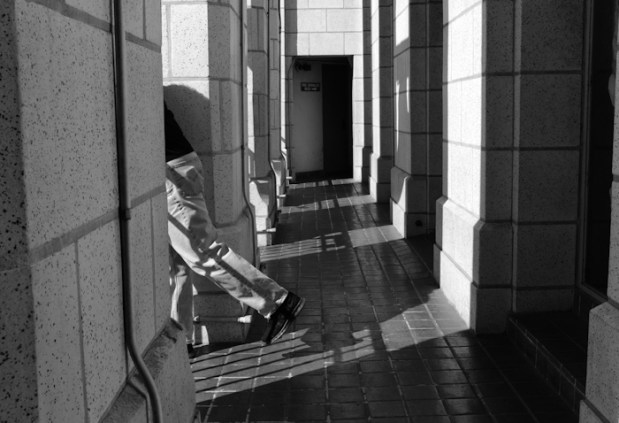
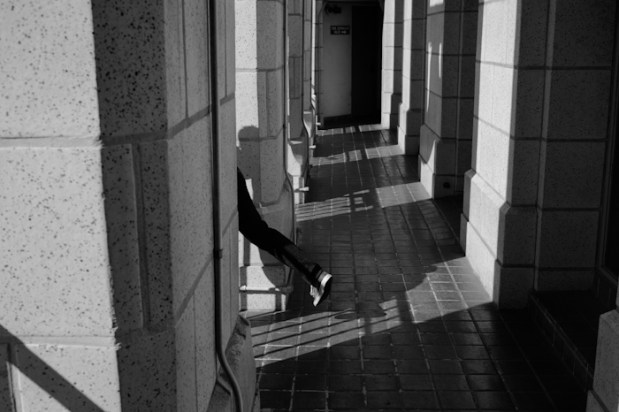

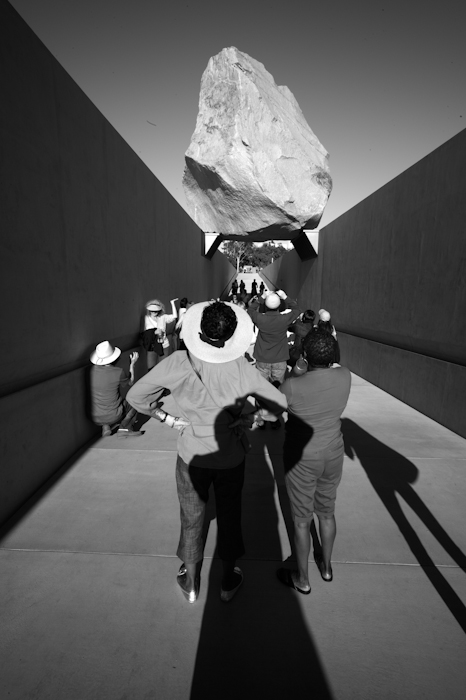








I’m gong to get one after reading this! I need the challenge. My color work has been so good for so long that I started converting to b/w and have learned so much about optimizing an image. I’ve got that completely under control now, and I’ve been getting a bit bored, but this will force me to work with native b/w which I hope will be a bit more of a challenge. As for the money, who cares? I’m seventy years old now, I can’t take it with me, and none of my family deserves it anyway.
Hi Hasi: You made me laugh out loud! I absolutely believe that you have to enjoy your life now. You are a better person to humanity when you are challenged and happy with less money than if you were not with more money. 🙂 You will not be disappointed with the Monochrome. When you have some Monochrome pics, please share. Do you have a website? I would love to see your color pics. Cheers, LL
I really like how it renders the shadow detail. Also, Im a grain lover. Only the lucky few will have the opportunity to shoot the Monochrome Leica. Photos are fantastic. If you live in a LA would love to go on a photowalk with you.
Hi Sergey: Yes, the detail in the shadows is rich and beautiful. Thanks for the support.
Cheers, LL
I had one of the pre-production models for a few nights, and I totally agree with you. I compared them to the M9 (I had both at the time), and the Monochrome is a bit softer, warmer in its tones.
I first laughed at the idea, but I think that this time, it’s worth the price bump.
HI L.Reed: Thanks for stoping by. I wish there was no price bump but the camera is worth it.
Cheers. LL.
We’ve been a group of volunteers as well as launching a new program in your area.. sistemas web Your website provided all of us having beneficial data to operate about. You’ve got conducted a notable job along with the complete team will probably be thankful to you.
Thanks for the review. While I’m not an expert in this, my understanding is that Leica lenses do not send f-stop information back to the camera and on all previous digital Ms the f-stop data given in the metadata is a “guess” by the camera’s software.
Hi R. Geltman. Yes, that is also my understanding. Although in Lightroom, I see that the guesses on my camera have been pretty much on the spot. There is an ocaisional “missing” info. Thanks for stopping by my blog.